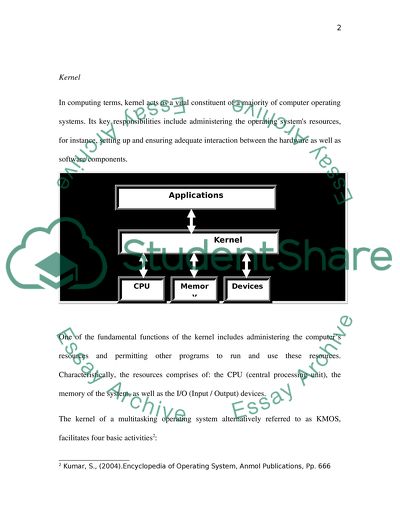Cite this document
(“Multitasking Essay Example | Topics and Well Written Essays - 2000 words”, n.d.)
Multitasking Essay Example | Topics and Well Written Essays - 2000 words. Retrieved from https://studentshare.org/miscellaneous/1556687-multitasking
Multitasking Essay Example | Topics and Well Written Essays - 2000 words. Retrieved from https://studentshare.org/miscellaneous/1556687-multitasking
(Multitasking Essay Example | Topics and Well Written Essays - 2000 Words)
Multitasking Essay Example | Topics and Well Written Essays - 2000 Words. https://studentshare.org/miscellaneous/1556687-multitasking.
Multitasking Essay Example | Topics and Well Written Essays - 2000 Words. https://studentshare.org/miscellaneous/1556687-multitasking.
“Multitasking Essay Example | Topics and Well Written Essays - 2000 Words”, n.d. https://studentshare.org/miscellaneous/1556687-multitasking.


